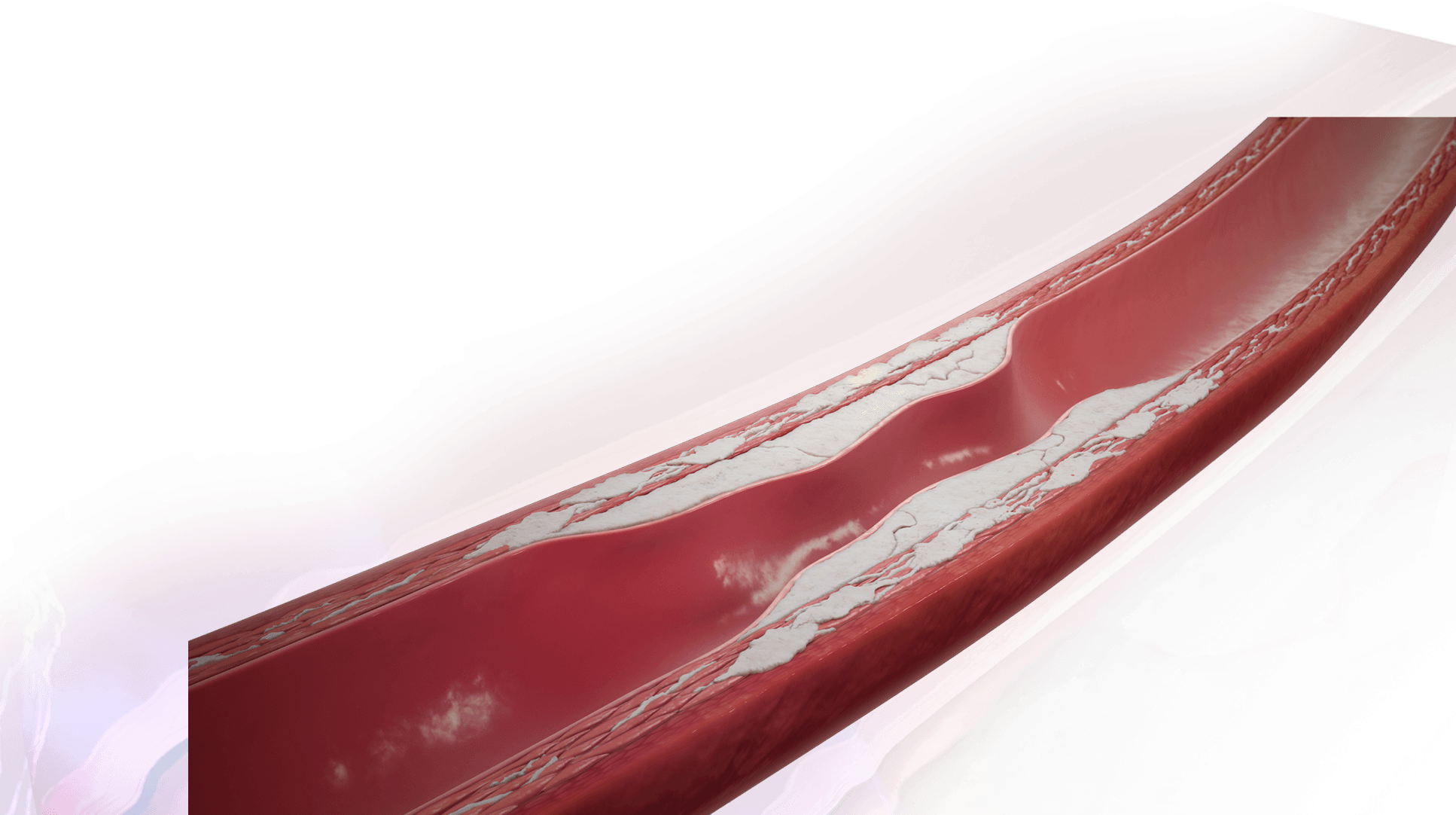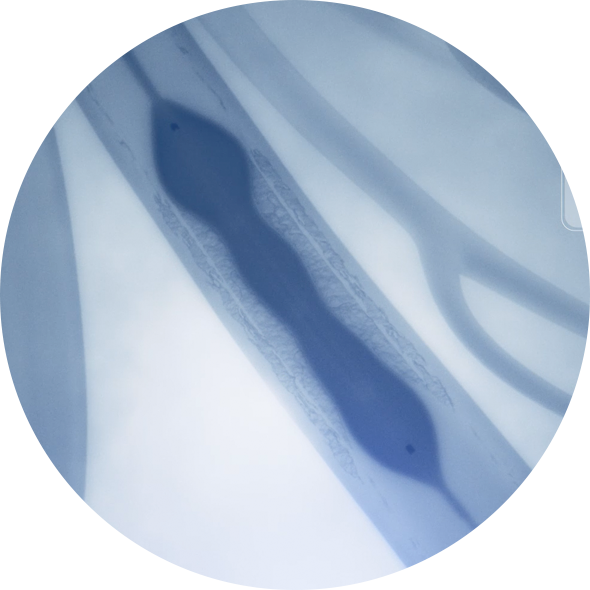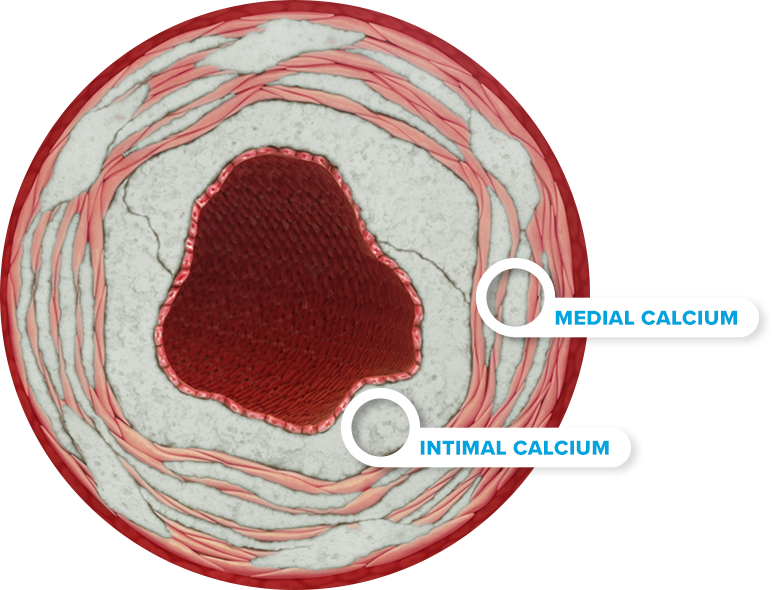Finally, Calcium Will Meet Its Match
Promising Treatments Have Come Up Short In Addressing the Growing Burden of Calcium

Promising Treatments Have Come Up Short In Addressing the Growing Burden of Calcium

Current Landscape of
Calcium Burden and Modification Tools




One of the reasons problematic calcium in cardiovascular disease has long been associated with worse clinical outcomes is that
existing solutions face common limitations.

Unable to Dilate

Don't Address Deep Calcium
Looking for careers? Click here.